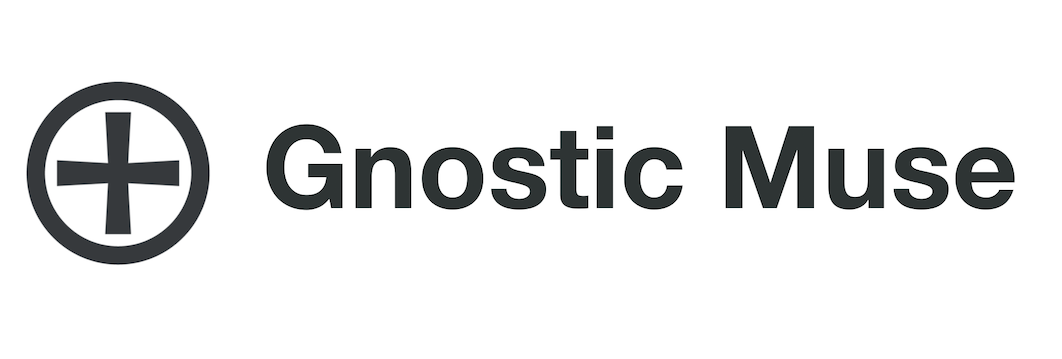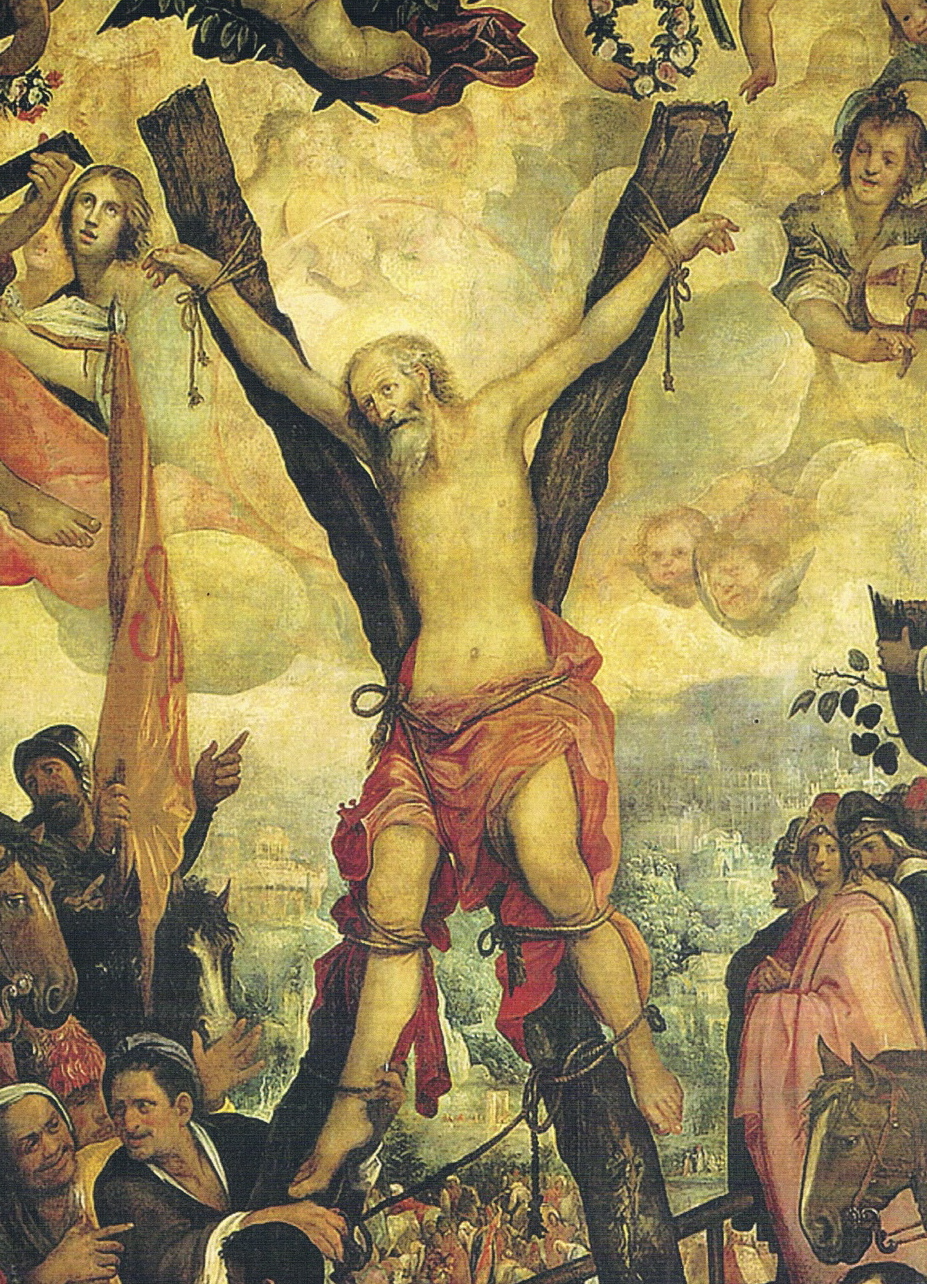The Cross Universal
The cross is a profound symbol, seen in different forms in all religions and mystical traditions, with variations as diverse as the six-pointed Star of David, the Hindu swastika, and the elaborate Kabbalistic Tree of Life.
The cross is the four elements that make up our physical and vital worlds and provide the raw materials of all creation. The cross shows the suffering and sacrifice of Christ, who transformed mankind’s most severe and cruel punishment into love, mercy, and forgiveness.
The Psychological Cross
On a psychological level the cross is the intersection of the horizontal line of material reality and time as we generally understand it, with the eternal spiritual principles that imbue each moment. This internal crossroad is the choice we have in each moment to BE or to merely EXIST.
The cross is matter, our physical lives. When a master is crucified, the four elements are purified by the union of spirit and matter on that cross, resulting in the redemption of matter by spirit.
Jesus’ close relationship with his disciples is a teaching about the universal archetypes that support the Christ in his process, archetypes which we all have within ourselves.
It was not only Jesus who was crucified or martyred, many of his disciples also were walking the initiatic path and submitted to difficult ordeals.
The Three Martyrdoms and the Three Factors
There are three martyrdoms that are particularly relevant to the three factors of alchemical birth, mystical death, and sacrifice for humanity: the crucifixions of Christ, the apostle Peter, and the apostle Andrew.
The Upright Cross
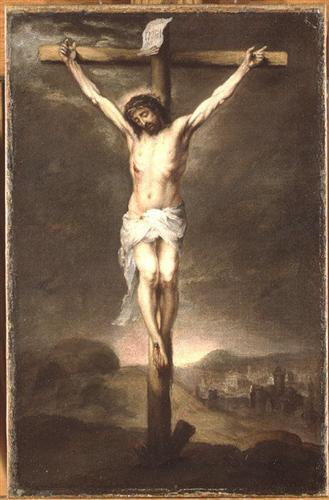
The upright cross of Jesus is a symbol of the first factor for the revolution of the consciousness: Sexual Alchemy, which makes possible the birth of the soul.
Sexual alchemy is the union of the male and female with the tremendous force of love in sexual union to create something completely new. With this cross and transmutation of the sexual force, allowing an internal transformation and the building of the internal holy cathedral.
The gnostic, alchemical, Christic path is taught in the life of Jesus of Nazareth, the historical Christ, through the life he lived and the cross he died on, the upright cross.
The Downward Cross
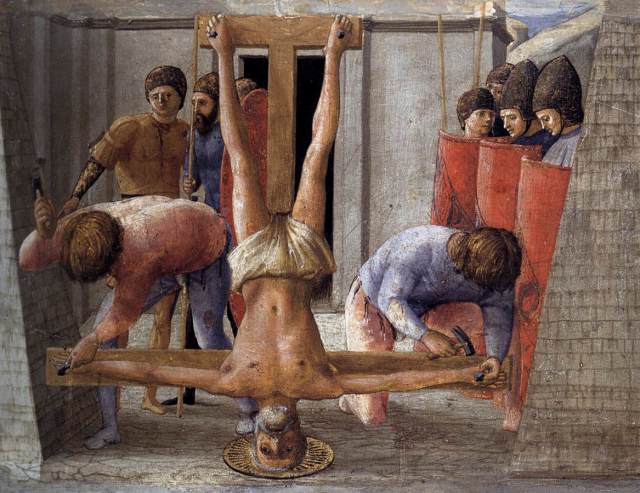

The second factor for the revolution of the consciousness is mystical death, to die psychologically to the ego desires that keep us trapped within matter. This path was taught by the Apostle Peter who was crucified on the upside-down cross.
Mystical death liberates the beautiful Essence from the suffering and selfishness of the ego.
The X Cross
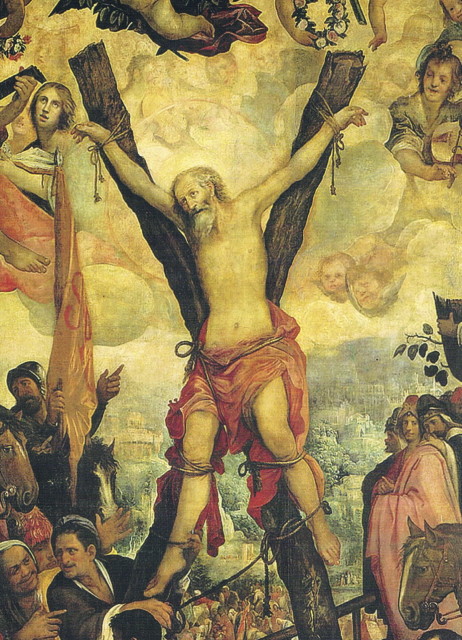
By being crucified with his head pointing downward toward the abyss Peter shows how he descends into the infernos in order to confront consciously all the subconscious darkness, the ego. He enters into hell willingly to the the Christic work of transforming the darkness into light.
The third factor is sacrifice for humanity, shown in the cross of the Apostle Andrew, crucified on an X cross.
Sacrifice is the third factor because without love for humanity the spiritual work is in essence a selfish work. The ability to sacrifice comes from love for all beings, from seeing the essential nature, the light of God shining in the heart of all beings, and wishing that all beings may be happy, at peace and free from suffering.
To sacrifice, the spiritual aspirant needs to die to the ego, to give birth to the soul, to pray to their internal Being to illuminate the hearts of mankind, but without expecting anything in return. Sacrifice with love engenders more love and the ability to work ever more deeply.
